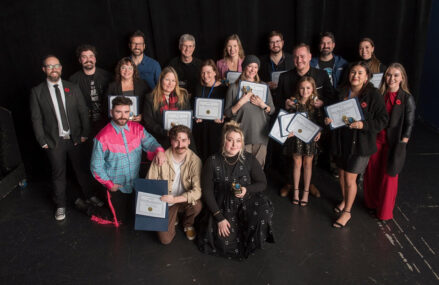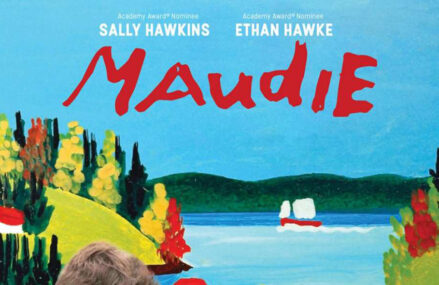 This is a Stereotype is a film project motivated from an art exhibition by Cannupa Hanska Luger, further inspired by the vision of filmmaker Dylan McLaughlin and Collaborator Ginger Dunhill.
This is a Stereotype is a film project motivated from an art exhibition by Cannupa Hanska Luger, further inspired by the vision of filmmaker Dylan McLaughlin and Collaborator Ginger Dunhill.
Hanska’s body of work, Stereotype: Misconceptions of the Native American exhibited at the MoCNA from Aug. 15- Dec. 31 2013. The exhibition addressed several preconceived notions about Native people supported by popular culture that have been invented, imagined and rooted within the American public’s social conscience. Highlighted in this exhibition was a performance, Destroying the Stereotype, where Hanska let go of the stereotypes embodying his sculptures and invited the community to witness their destruction. The remains of the destroyed ceramic sculptures were then placed on view for the duration of the exhibition. McLaughlin documented this process and together they felt this conversation needed to go deeper than this exhibition. There were more questions; the explanation and understanding needed further attention.
The film allows for the continuation of this dialogue. The exhibition/performance, was just the spark. It pushed artist Cannupa Hanska and filmmaker Dylan McLaughlin to ask why? Where do these stereotypes come from? Are all stereotypes negative? Do they come from some level of truth? Is there a place to blame? How can we break down these ways of thinking into something positive and useful? Can stereotypes become empowering? How has history influenced the way Native Americans see themselves today, and how do non-Natives and popular culture perceives Native Americans? What are the economic parallels of stereotyping? How do you let go of stereotypes? The questions kept coming. The more they talked about it, the more there was a need to dig deeper, to look at many stories of past and present, of ordinary and esteemed, in order to have the proper tools to address the idea of the stereotype.
This film is made from archival footage juxtaposed with modern interviews, and woven together with an artistic response. We have gathered historical footage from the Institute of American Indian Arts Archive (Native American Videotape Archive – 1976) along side more current documentation, allowing a broader approach to addressing the subject matter. We have pulled from a wide range of sources for interviews including artists, scholars, and political activists representing nations from across the United States. We have documented many perspectives, creating a multi faceted dialogue, which will enrich the theme of the film and allow for the audience to build their own interpretation around the misconceptions of the Native American.
Cinema Politica | Consever House | 180 St. John Street, Fredericton | Friday February 27, 2015 | 7:00pm | By donation




